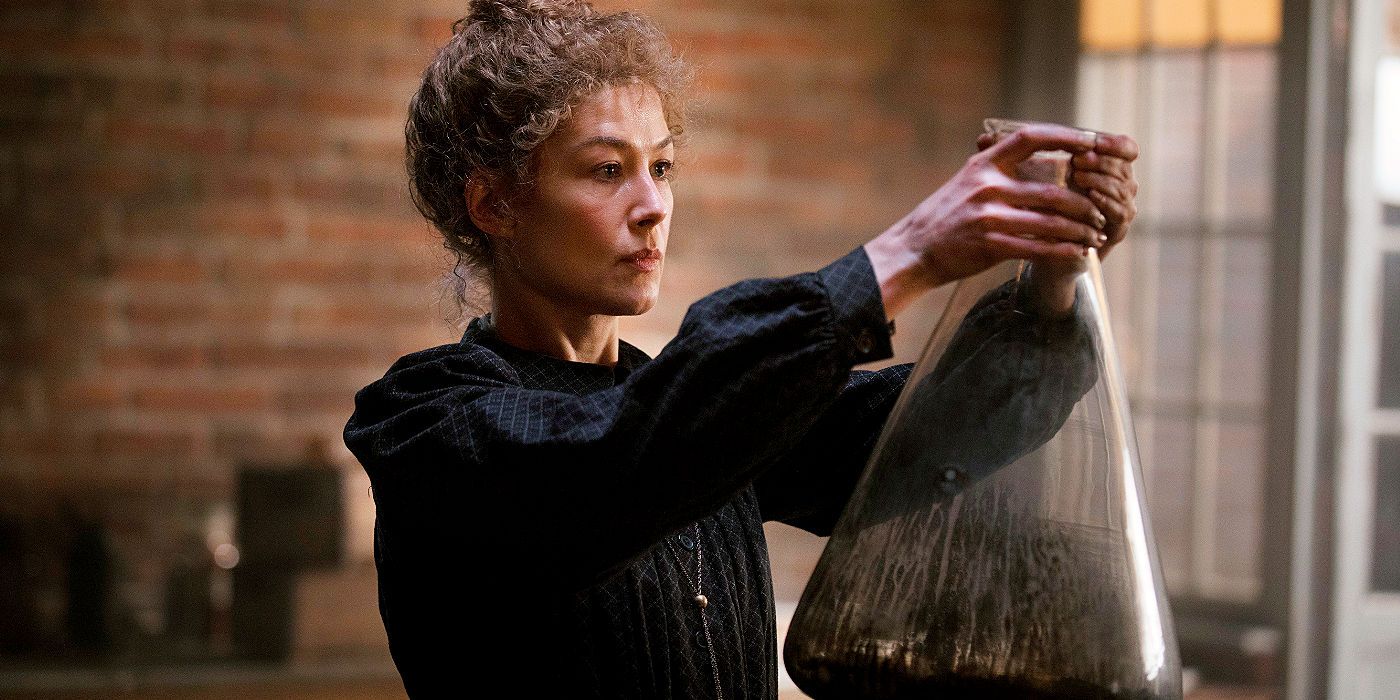
Amazon Prime's Radioactive chronicles the life of Polish chemist Marie Curie - and it gets most of her work right. Born Marie Skłodowska, she moved to Paris during the early 1890s and married French physicist Pierre Curie. Working independently yet still together, the couple discovered the elements polonium and radium; Marie also coined the term "radioactivity," but unfortunately didn't fully understand the side effects of her research. Based on Lauren Redniss' eponymous 2010 book, and directed by Marjane Satrapi, Radioactive released in July 2020.
Radioactive stars Rosamund Pike as Marie and Sam Riley as Pierre. The film establishes the circumstances for the subjects' initial meeting, along with Marie's preference to work alone. When Pierre develops a quadrant electrometer that allows for specific results while testing "pitchblende" (now known as Uraninite), the Curies dive into years of work which ultimately earn them the 1903 Nobel Prize in Physics. Tragically, however, Pierre is killed the following year after slipping on a Parisian street and being run over by a horse carriage. Radioactive subsequently explores Marie's efforts to be recognized for her individual accomplishments, and also details all the media scrutiny and xenophobia she experienced. Radioactive co-stars Anya Taylor-Joy as Marie and Pierre's daughter Irene, and also features Aneurin Barnard as Paul Langevin, a French physicist who reportedly had a romantic relationship with Marie after Pierre's death.
Overall, Radioactive tweaks historical truths in favor of economical storytelling, yet the film mostly sticks to the facts. For example, Satrapi has Marie and Pierre run into each other on a Parisian street, seemingly to foreshadow the latter's demise. In reality, the focal chemists were introduced by the physicist Józef Wierusz-Kowalski. Radioactive also implies that Pierre built a quadrant electrometer after meeting Marie, when in fact he developed the technology several years prior with his brother. The film also creates faux conflict by suggesting Marie didn't travel with Pierre to Stockholm to accept their Nobel Prize. In reality, neither went in 1903, but they did later make the trip in 1905.
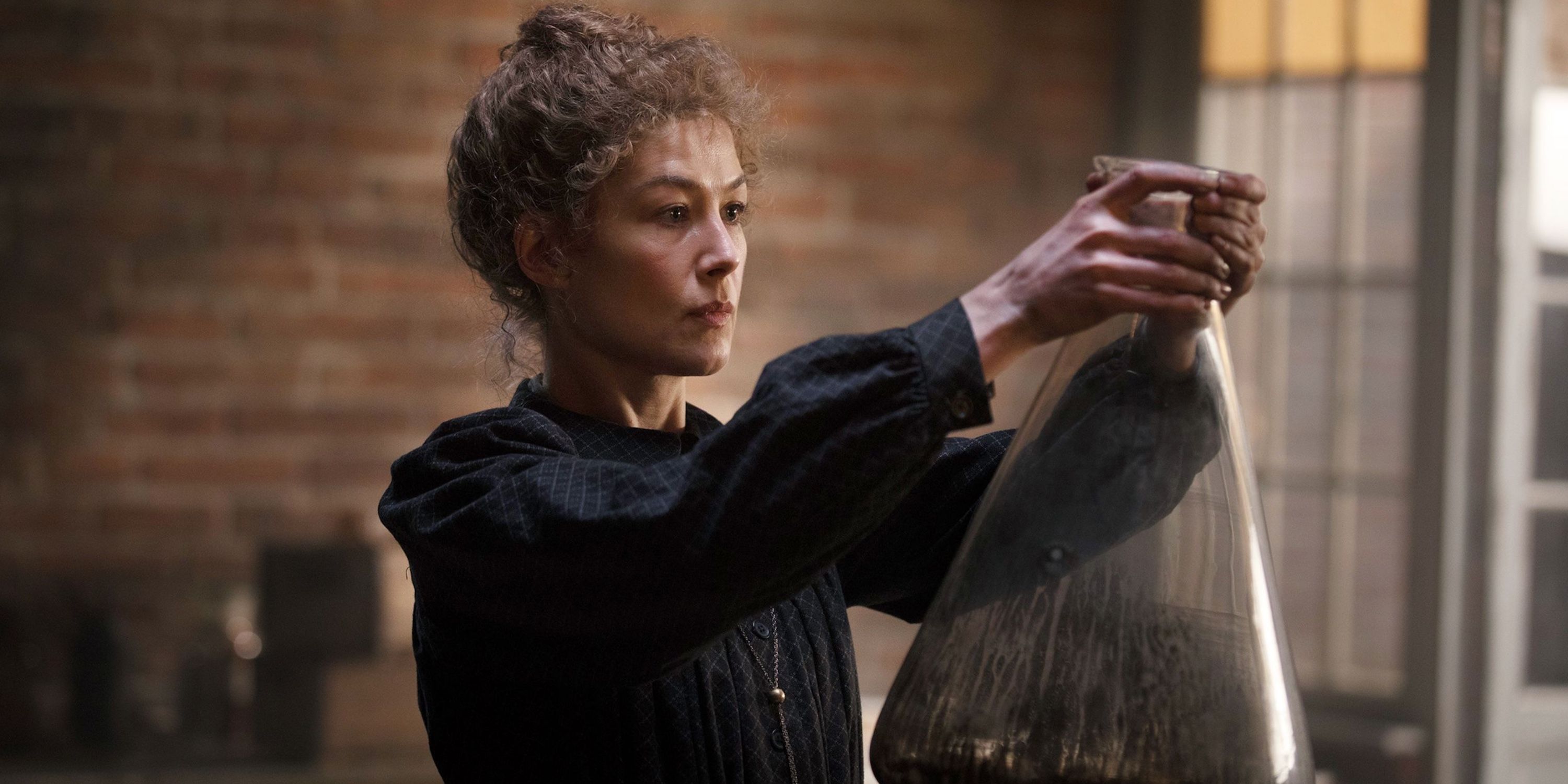
The majority of Radioactive takes place between 1891 and 1906. As previously mentioned, Satrapi takes some creative liberties when showing how Marie and Pierre met, but the subsequent sequences about the chemists' relationship are primarily based on the facts. Marie did indeed need a larger place to work, and ultimately shared a laboratory with Pierre as they grew closer. The research sequences show the couple getting sick (which is factually accurate), and the film also references the fact that the Royal Swedish Academy of Sciences didn't plan to honor Marie with a Nobel Prize. The couple's first daughter, Irene, was born in 1897, and their second daughter, Ève, was born in 1904.
Radioactive uses the real-life French physicist Gabriel Lippmann (Simon Russell Beale) for bookend tales about Pierre's relationship with Marie. The film begins with Lippmann, Marie's professor, asking her to leave and stating, "We cannot keep you in the manner you require." This moment conveniently sets up Marie's first meeting with Pierre on a Parisian street. Approximately 15 years later, Pierre ends up getting killed on a Parisian street, which then sets up Marie's professional reunion with Lippman, albeit after some brief exposition. Radioactive mostly follows a 15-year narrative structure before incorporating significant time jumps.
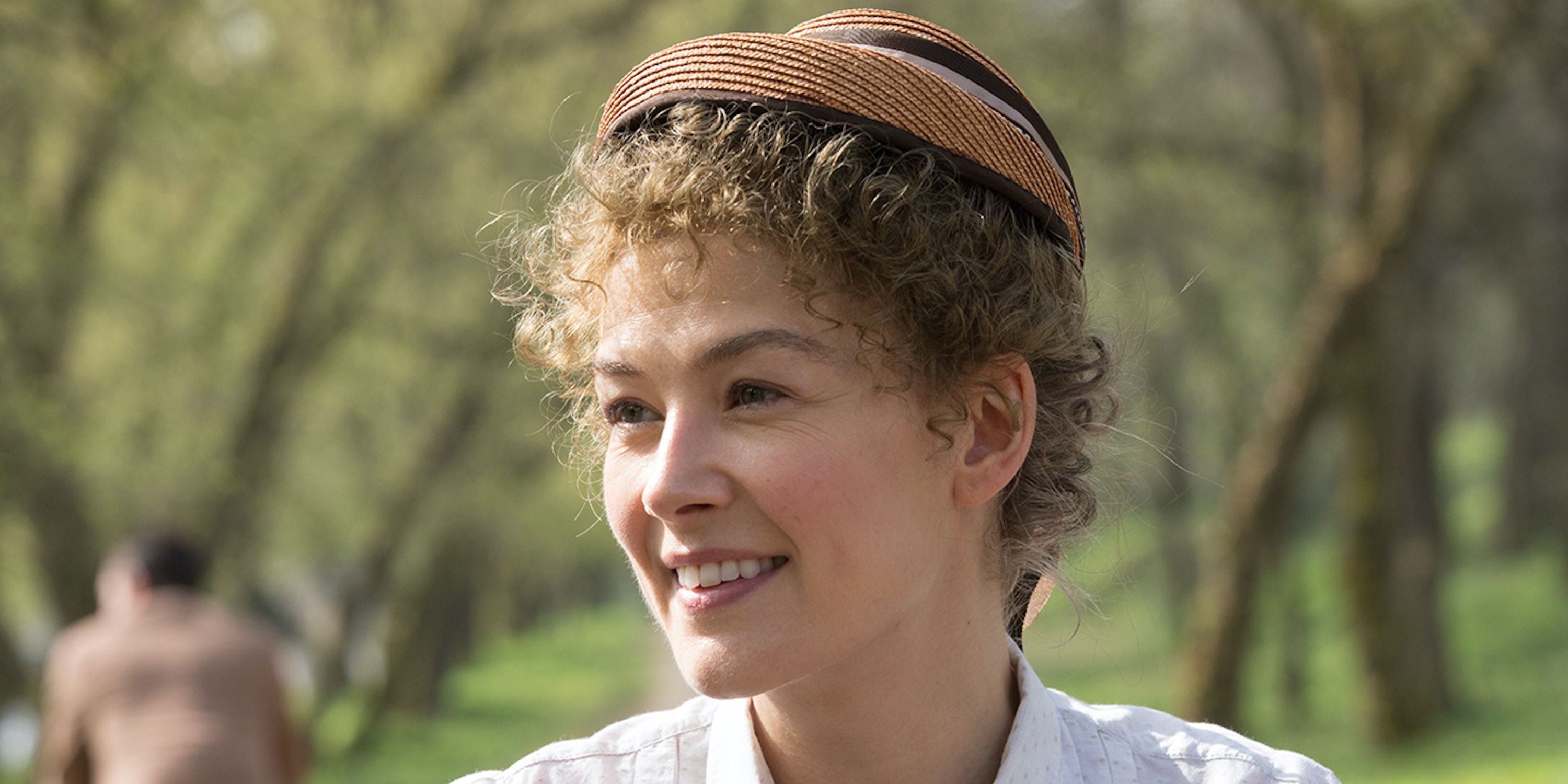
Most historic biopics open with the subjects' upbringing and formative years; however, Radioactive skips them entirely. This isn't necessarily a bad thing, as the film is clearly structured to focus on Marie and Pierre's relationship. In order to at least acknowledge Marie's childhood in Poland, various flashback sequences involving her late mother are used to establish character motivations. Marie's sister is also introduced to further highlight the characters' Polish roots, and also to reinforce Marie's wants and needs.
Still, Amazon Prime streamers may be curious about Marie's time in Poland, and all the sociopolitical factors that shaped her worldview. For example, Marie's parents played a major role in her education, as they were teachers who taught their three children about science. In fact, Marie Curie graduated from high school at 15 years old. Shortly before leaving for Paris, she fell in love with a family friend named Kazimierz Żorawski, who would go on to become a prominent mathematician. Marie ultimately left for France because the University of Warsaw didn't accept women, and also because her Polish college, Flying University, had to change geographical locations for providing women with higher education.
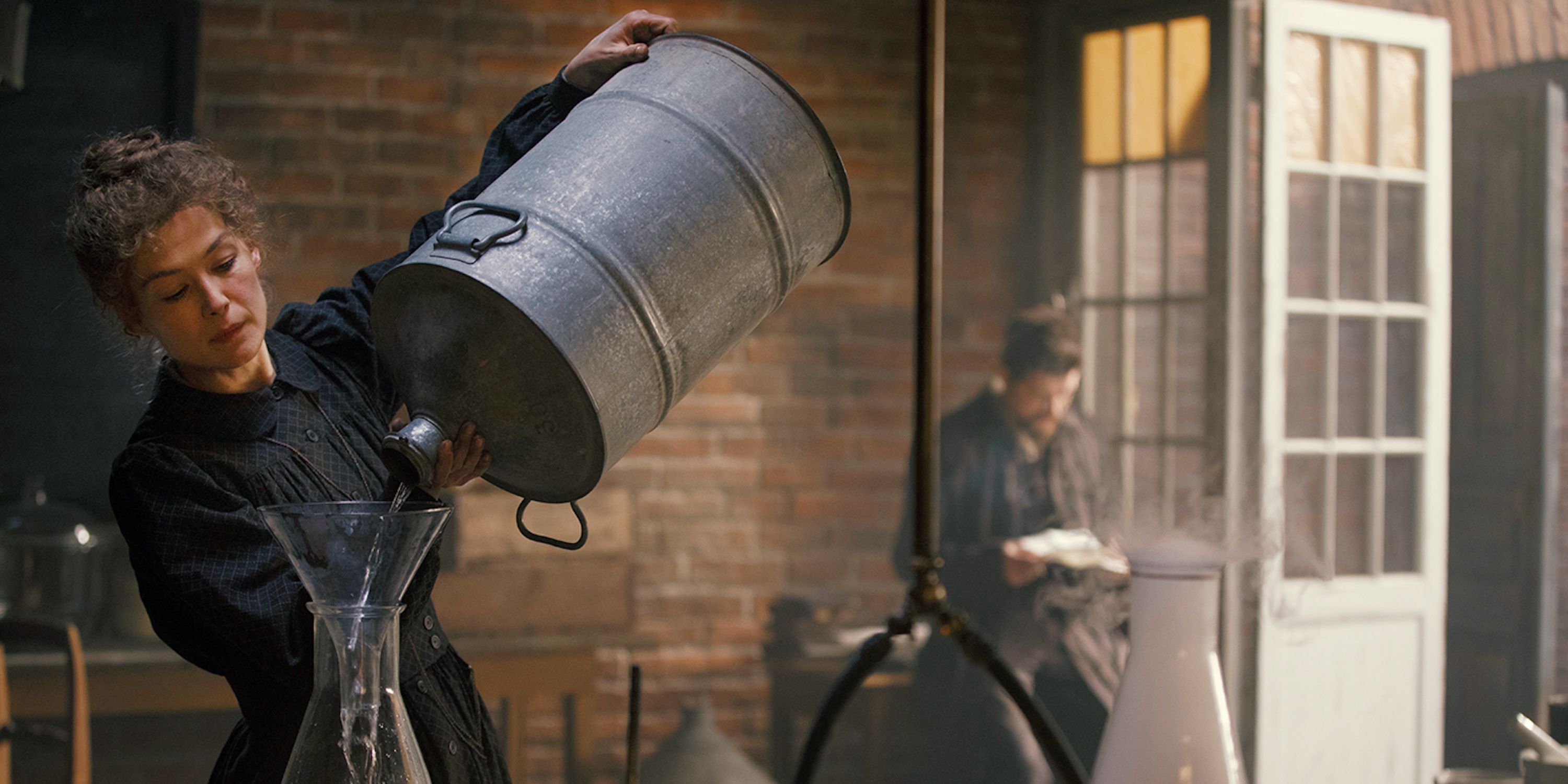
In Radioactive, Pierre arranges for himself and Marie to conduct their research near his workplace. This particular sequence is historically accurate, as the laboratory has been described as "a cross between a stable and a potato shed," according to German chemist Wilhelm Ostwald. Radioactive underlines how the Curies formed an intense bond during this time, with Pierre occasionally urging his wife to consider how their work could affect spiritual concepts. A subplot involves dancer Lois Fuller, who - according to Marie - attempts to use their science to further her own work." The "shed" sequences ultimately show how the Curies didn't realize how their radioactive research would affect their bodies.
Spirituality becomes important for Marie when Pierre suddenly dies after having his skull crushed by a horse carriage. She seeks out a spiritualist and repeatedly states, "Please, will you make my husband appear." In reality, Pierre did indeed read books on spirituality, though he was reportedly most interested in scientific experiments rather than communication with the dead. Radioactive gently twists the facts via Marie's death sequence, in which she envisions Pierre and has a conversation with him before dying (which also thematically links to Marie's memories of her late mother).
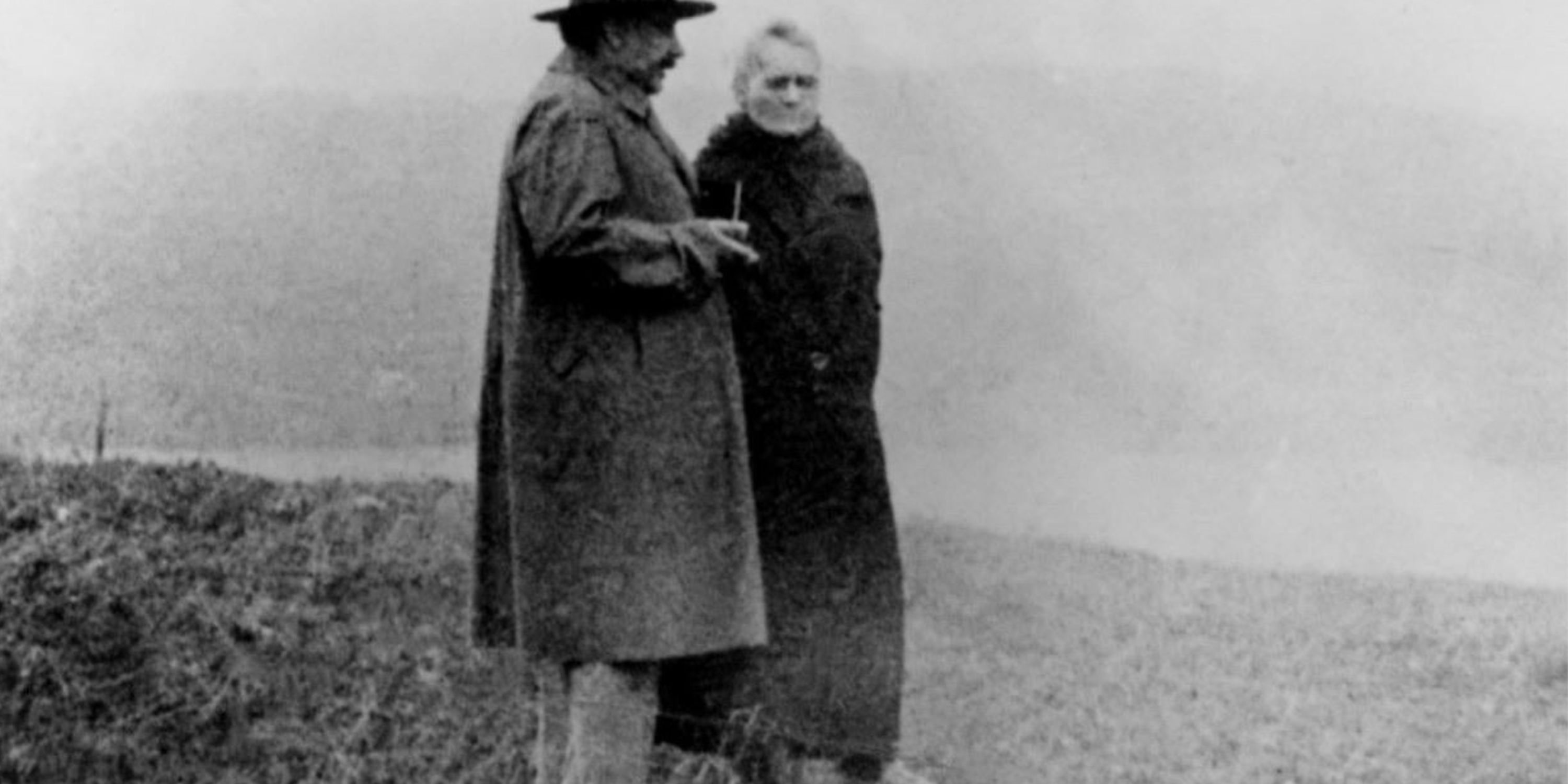
Radioactive ends with an epilogue that references Albert Einstein but doesn't identify him by name. In 1927, the real Marie Curie appeared in a group photo with the iconic German physicist at the Solvay International Conference. They reportedly first met 16 years prior at the same event, and Einstein would later defend Curie when she received bad press. In 1921, he won the Nobel Prize in Physics, nearly two decades after Curie won the same award with her husband and Henri Becquerel. As depicted in Radioactive, Curie also won the 1911 Nobel Prize in Chemistry. Einstein may have been minimized in the film to keep the focus on Curie's accomplishments, but they did know each other in real life.
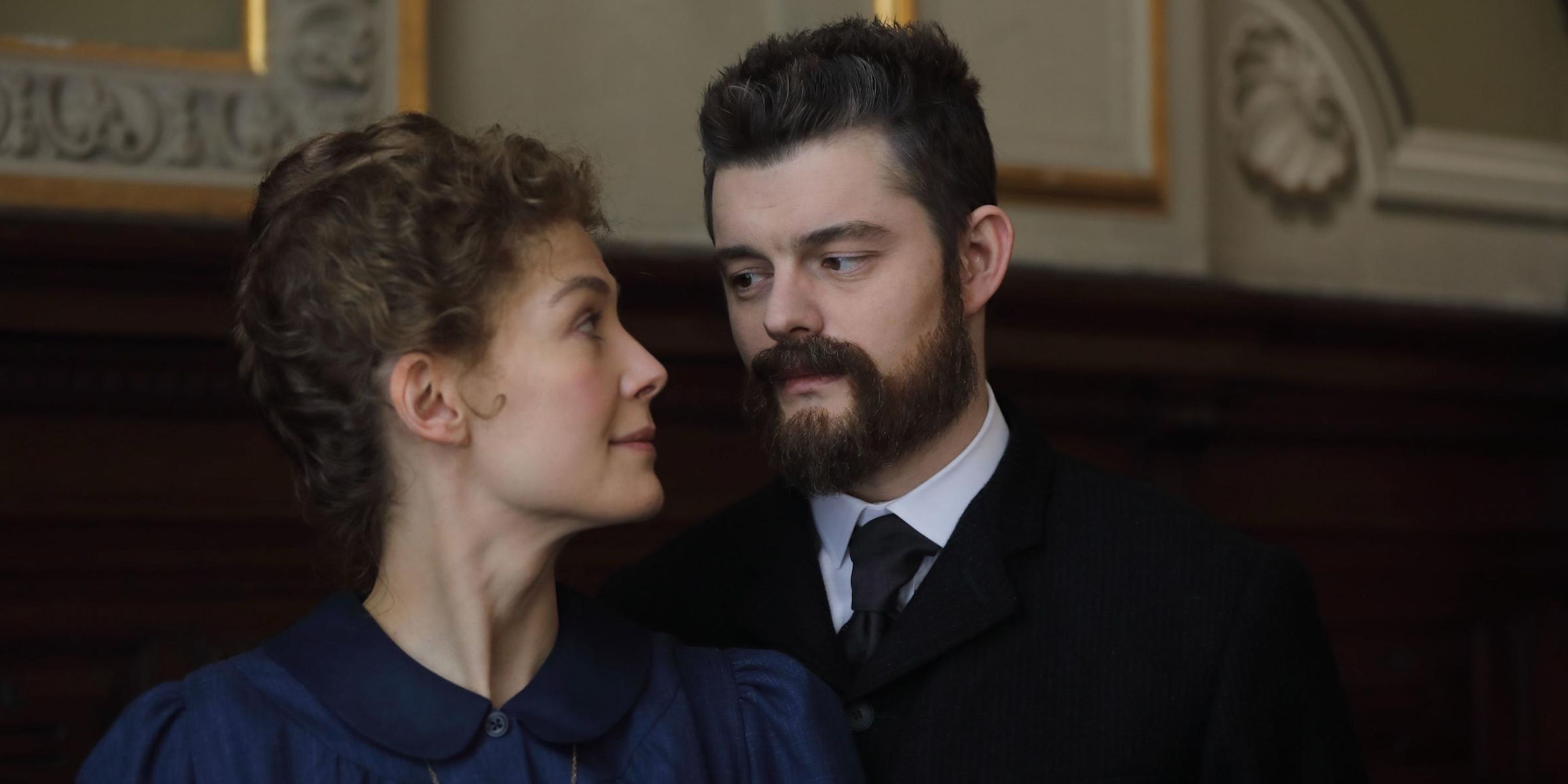
Radioactive creatively highlights Marie Curie's legacy in two unique ways. While the main story involves Pierre, the movie makes a point to showcase the good and the bad that have come from Marie Curie's work in radioactivity. For example, Radioactive shows a child of the future being treated for cancer, but also shows the devastating effects of an atomic bomb, specifically the one that the United States dropped on Hiroshima in 1945. The flash-forward sequences may provide clarity for some viewers, but one could argue that they detract from the main story about Marie's immediate goals.
A final act sequence in Radioactive shows that Marie and her teenage daughter, Irene, developed mobile X-Ray machines that were used during World War I. Nearly 25 years later, as revealed by the film's epilogue, Irene and her husband Frédéric Joliot-Curie were awarded the 1935 Nobel Prize in Chemistry for discovering artificial radioactivity. Marie and Pierre's youngest daughter Ève lived to be 102 years old, and was married to Nobel Peace Prize winner Henry Richardson Labouisse Jr., the director of UNICEF (United Nations Children's Fund).
from ScreenRant - Feed https://ift.tt/31dYtfr



0 Comments